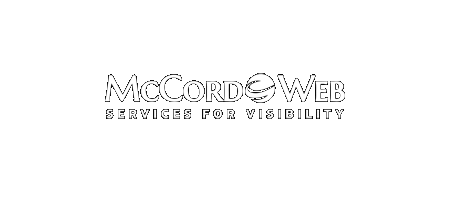The law is clear, but there are some bloggers who believe that ignorance is bliss when it comes to copyright law. I have seen bloggers take full content from an article published on the Web and think that by noting the web location and author that they have not infringed…
-
-
LinkedIn The Social Network of Choice For Professionals
LinkedIn is where it is at for professionals of my age and caliber. Facebook is for college and newly employed persons. Yes I have a Facebook site and keep it updated, but by far the number of colleagues, clients, and prospects at LinkedIn beats Facebook four to one. I have…
-
What Exactly is a Ning?
I have been testing out a Ning for a client to check its viability for his particular use and so I set one up for myself to see just how easy or hard it was to do. The first question that I got from people who looked at my Ning…
-
Social Media: People Are Hungry, No, Starving to Connect
I am shocked really, today I worked on my Facebook and LinkedIn profiles and sent out some invitations and requested for LinkedIn recommendations. Within minutes I had a slew of question responses, tons of new friends, and six recommendations. The response has staggered me. I have toyed with social media…





